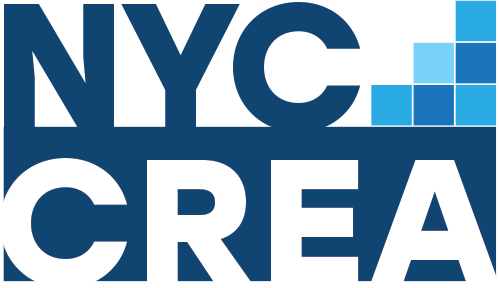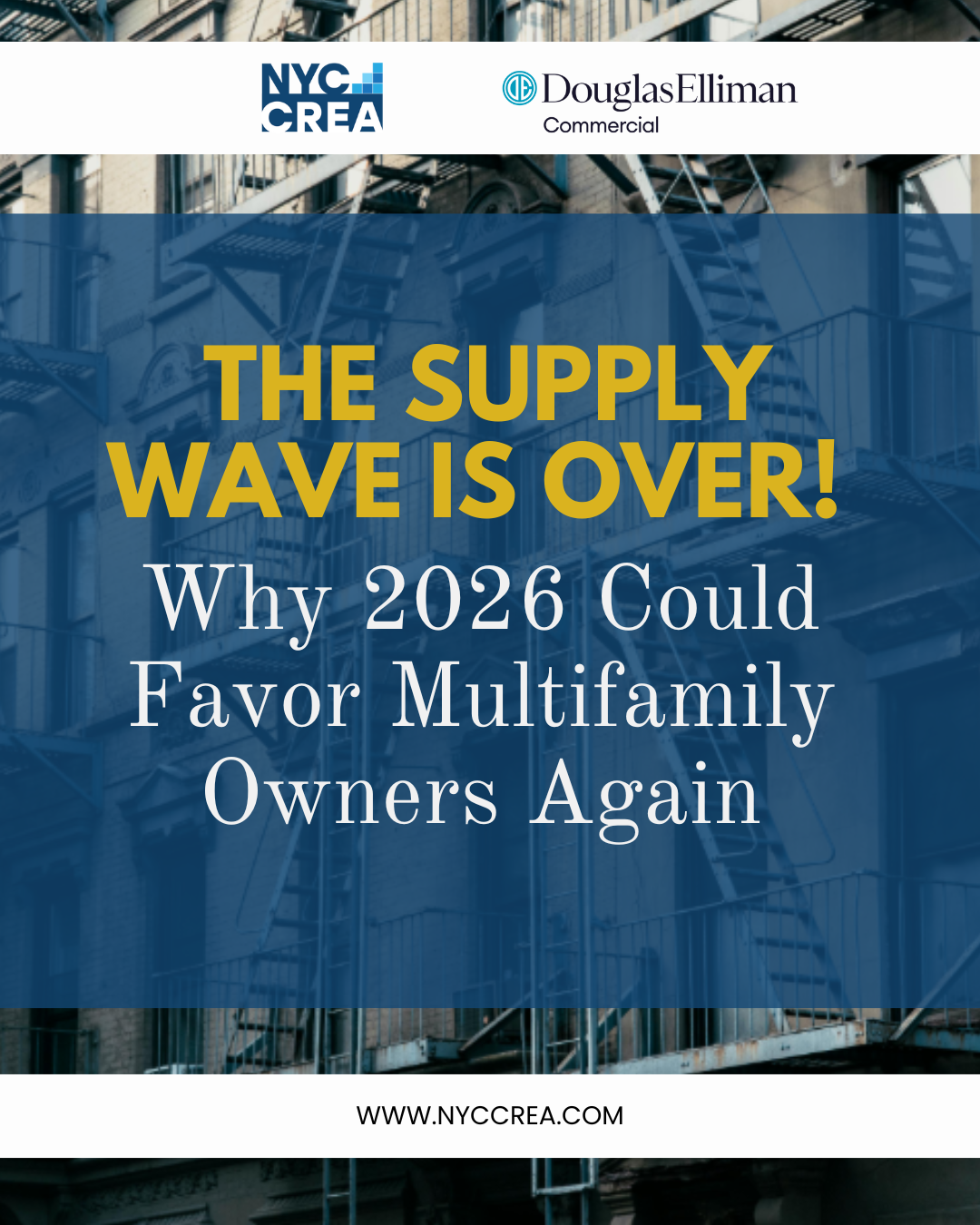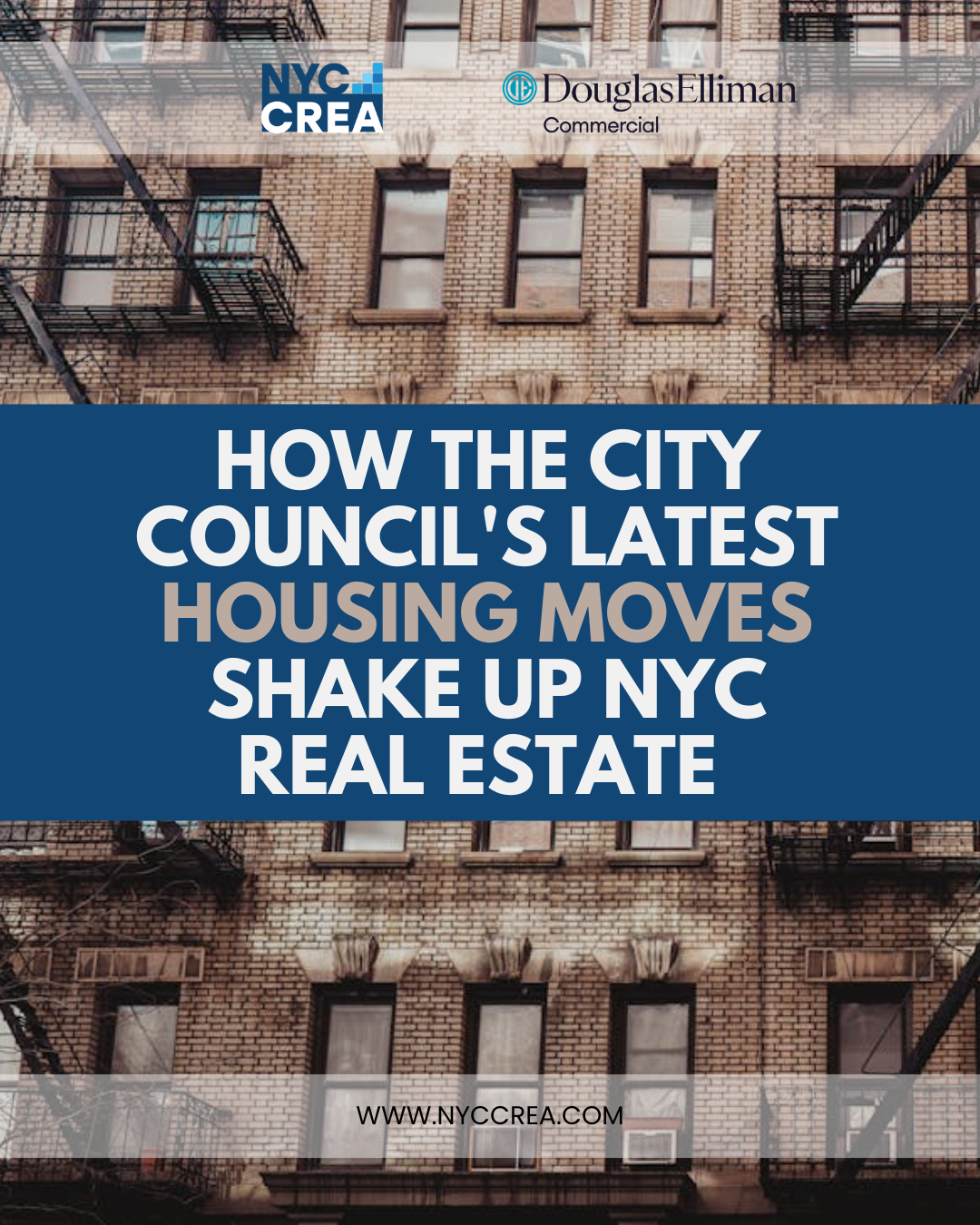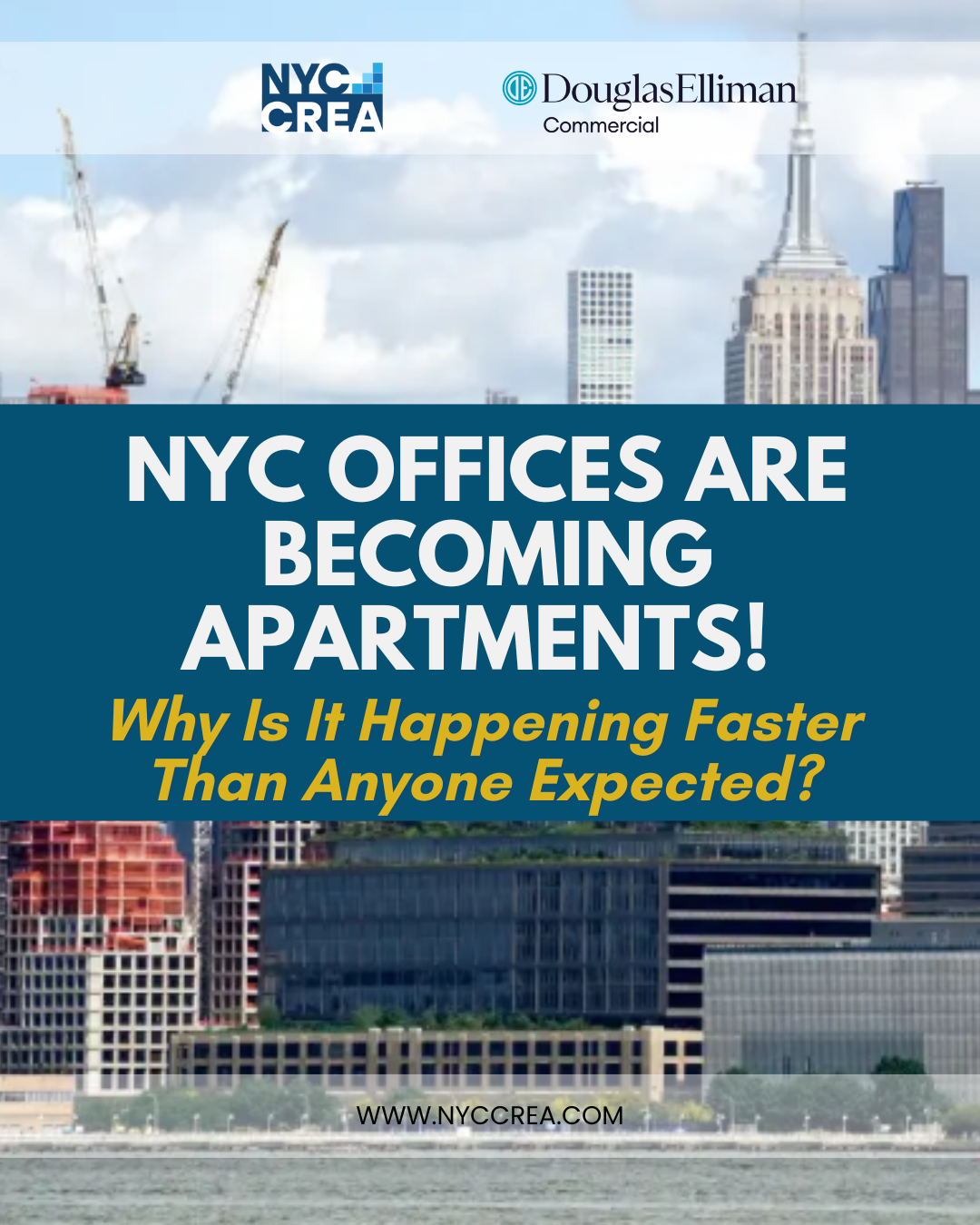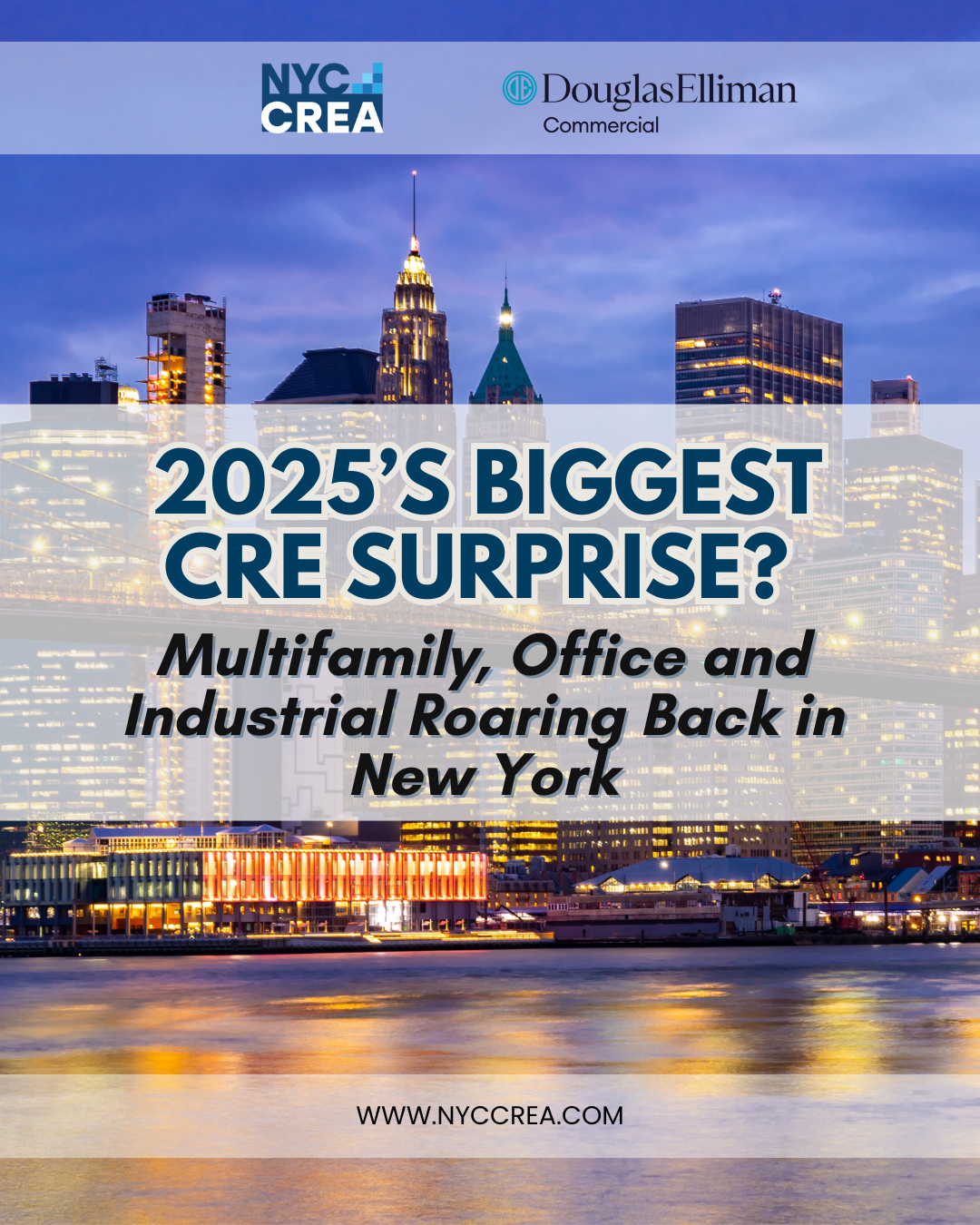What are hurdle rates?
In the hustle and bustle of New York City, commercial real estate represents a promising yet complex investment avenue. This sector has enticed investors with its potential for significant returns and diversification opportunities.
However, it’s not without risk. To navigate these intricate pathways of investment, one must comprehend some essential breakpoints or benchmarks—the hurdle rates.
This article aims to demystify hurdle rates and their significance for beginners in the realm of real estate investment.
What are Hurdle Rates?
In finance, these “hurdles” represent the minimum returns that an investment or a project must generate to be considered a viable opportunity. According to Investopedia, the hurdle rate, also referred to as the required rate of return (RRR) in some contexts, can be defined as “the minimum rate of return on a project or investment required by a manager or investor.”
Hurdle rates serve as a crucial financial metric that helps investors and business managers gauge the potential viability of an investment. When an investment’s return does not exceed its hurdle rate, it isn’t considered a worthy investment. Conversely, when returns surpass the hurdle rate, the investment is viewed as potentially profitable.
Importance of Hurdle Rates in Real Estate Investment
Hurdle rates in real estate offer more than just a quick overview of the anticipated return on investment (ROI); they serve as pivotal indicators of an investment project’s risk-adjusted potential profitability. When applied judiciously, these rates can significantly enhance the decision-making process, enabling investors to gauge expected returns against potential risks.
Interestingly, real estate investments characteristically involve high upfront costs and inherent risks related to location, tenants, and market changes amongst others. In such a scenario, the hurdle rate acts as a safety net ensuring that anticipated returns cover these risks while still yielding an attractive rate of return.
Finally, hurdle rates also offer a communication tool. By articulating hurdle rates, investors and managers can dialogue about risk appetite, required returns and align their understanding of the investment environment. This facilitates more coherent and risk-aligned strategies.
Hurdle Rates and NYC Commercial Real Estate
As with all real estate markets, hurdle rates vary considerably depending on the unique dynamics of their specific locale. In the United States, New York City stands as a testament to this rule.
This bustling hub, prominent as a business and cultural hotspot, attracts many real estate investors. Manhattan provides a vivid example of this appeal. The Emerging Trends in Real Estate 2024 report released by Price Waterhouse Coopers, and the Urban Land Institute shines a spotlight on the district’s expensive property landscape, fueled by intense demand and limited available space, which results in higher-than-average hurdle rates.
However, the influence of New York City expands beyond Manhattan. The city’s outer boroughs – Brooklyn, Queens, and The Bronx – present distinct investment opportunities, often coupled with varying hurdle rates. These rates are invariably affected by diverse local conditions: the mix of commercial and residential properties, demographic trends, and market fluctuations unique to each borough.
Challenges and Considerations
Setting and attaining acceptable hurdle rates in the fluctuating NYC real estate market pose challenges even for seasoned investors. Market trends and economic shifts can greatly impact these rates. Therefore, investors need to stay in tune with the real estate market’s pulse and anticipate dynamic changes.
Here are some of the challenges that affect hurdle rates and the NYC commercial real estate landscape these days:
Market Volatility
Fluctuations in the market can lead to sudden changes in property values, causing hurdle rates to adjust rapidly. For example, the COVID-19 pandemic caused a seismic shift in NYC’s commercial real estate landscape, with many businesses transitioning to remote work, leading to decreased demand for office spaces, and thereby affecting projected returns and hurdle rates.
Regulatory Changes
NYC is known for its robust and comprehensive regulatory environment. Recent changes in city planning, zoning laws, tax policies, or landmark designations can have profound impacts on property values and their usage, inevitably affecting potential returns and hurdle rates.
For instance, a recently published article highlighted new law effective in 2024 that New Yorkers should be aware of. One of these laws involved a significant increase in the minimum wage, impacting labor costs for businesses, and potentially affecting the returns on commercial real estate particularly those involving retail and service industries.
Economic Conditions
Broader economic conditions, including changes in interest and inflation rates, can significantly impact hurdle rates. For example, higher interest rates could lead to increased borrowing costs, potentially lowering the demand for commercial real estate, decreasing property values, and altering hurdle rates.
Disruption Trends
Emerging trends like e-commerce and changes in retail have disrupted the commercial real estate market. For example, the rise of e-commerce reduced the demand for retail properties but increased the need for warehouse and logistics spaces.
These challenges underscore the need for investors to stay abreast of the pulse of the NYC real estate market, adapt their strategies, and make informed decisions in setting and achieving their desired hurdle rates.
Conclusion
Incorporating hurdle rates into your investment strategy is essential for navigating the NYC commercial real estate market, acting like a guiding light to reveal potential risks and rewards. Skillful application of these rates can lead to profitable investments in the dynamic hub of American commerce, New York City. Commercial real estate legal advisors are happy to help you should you still find these challenging to understand.
